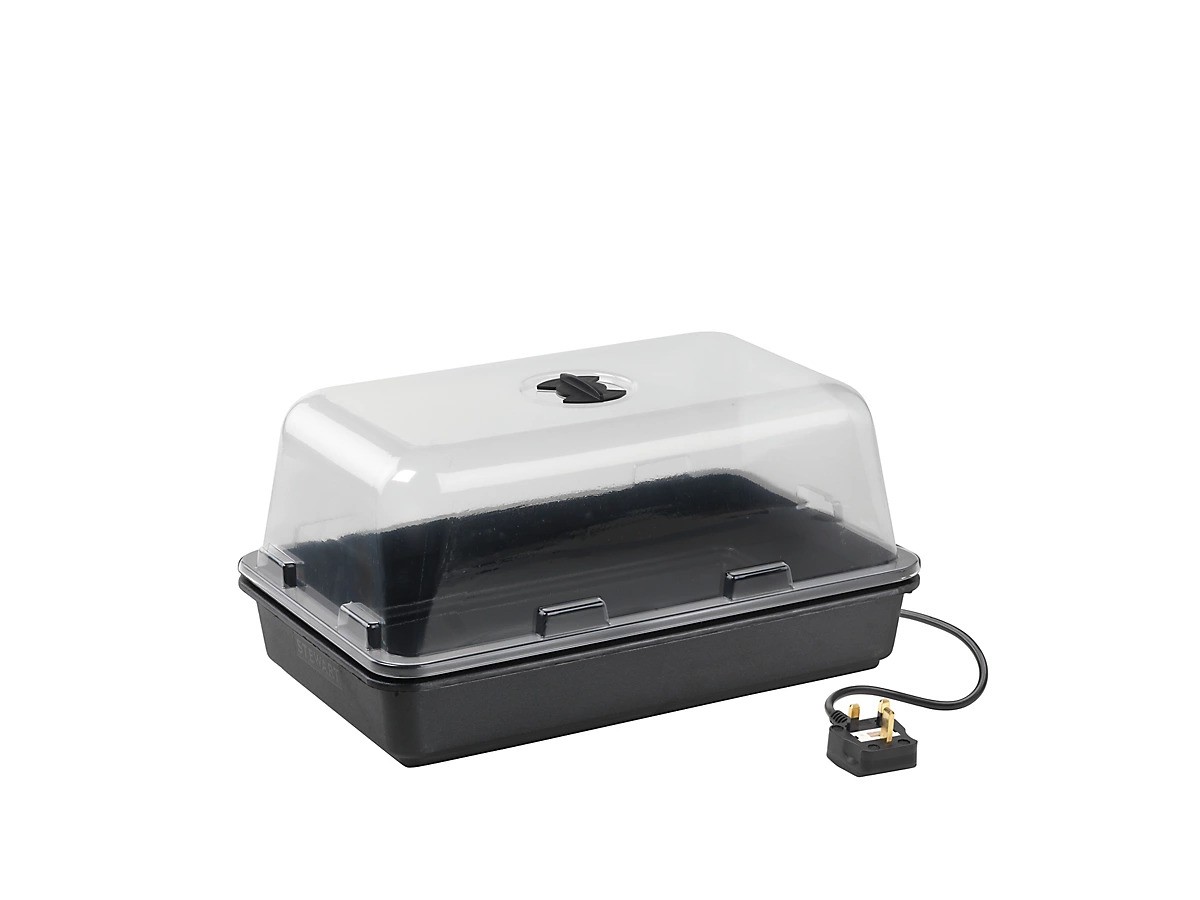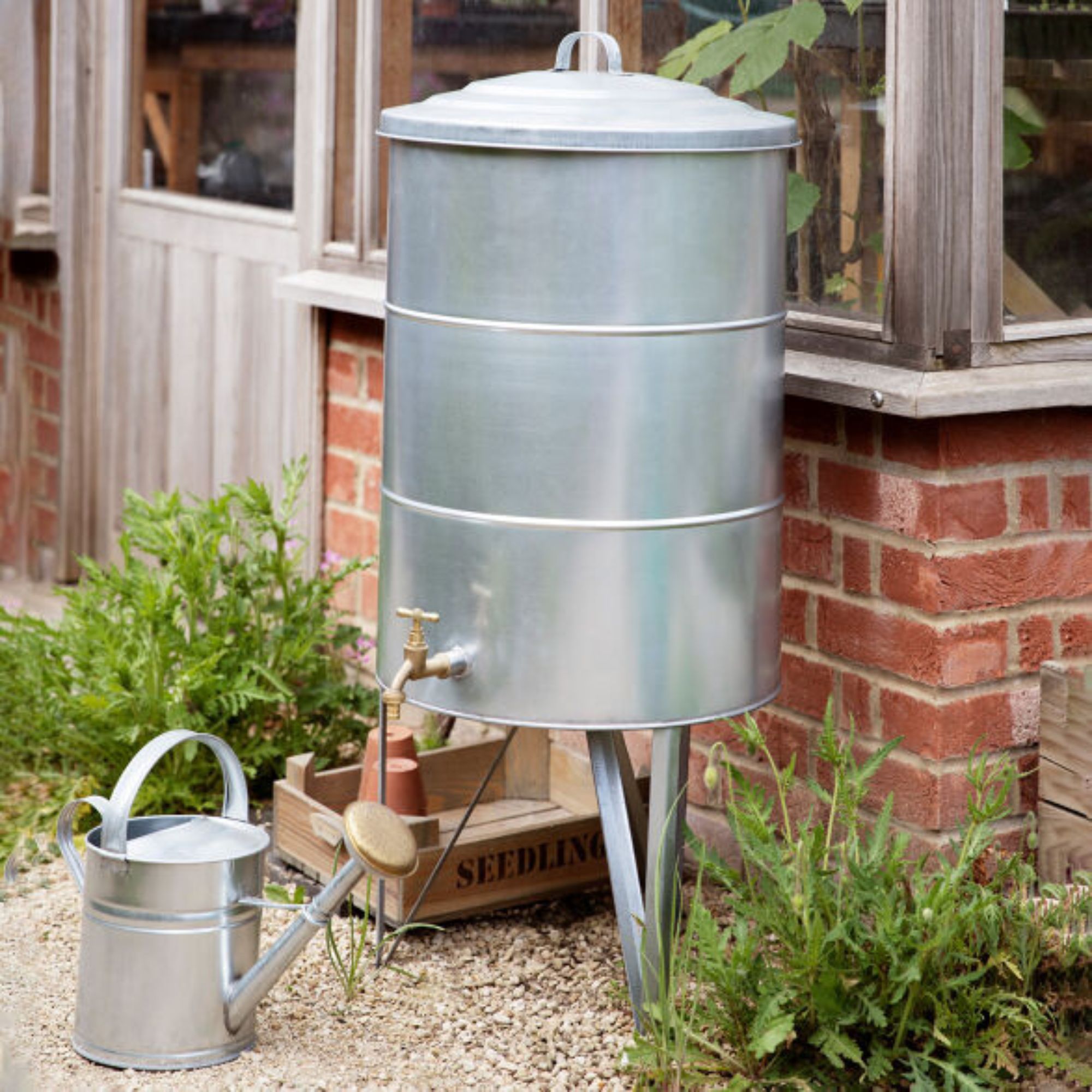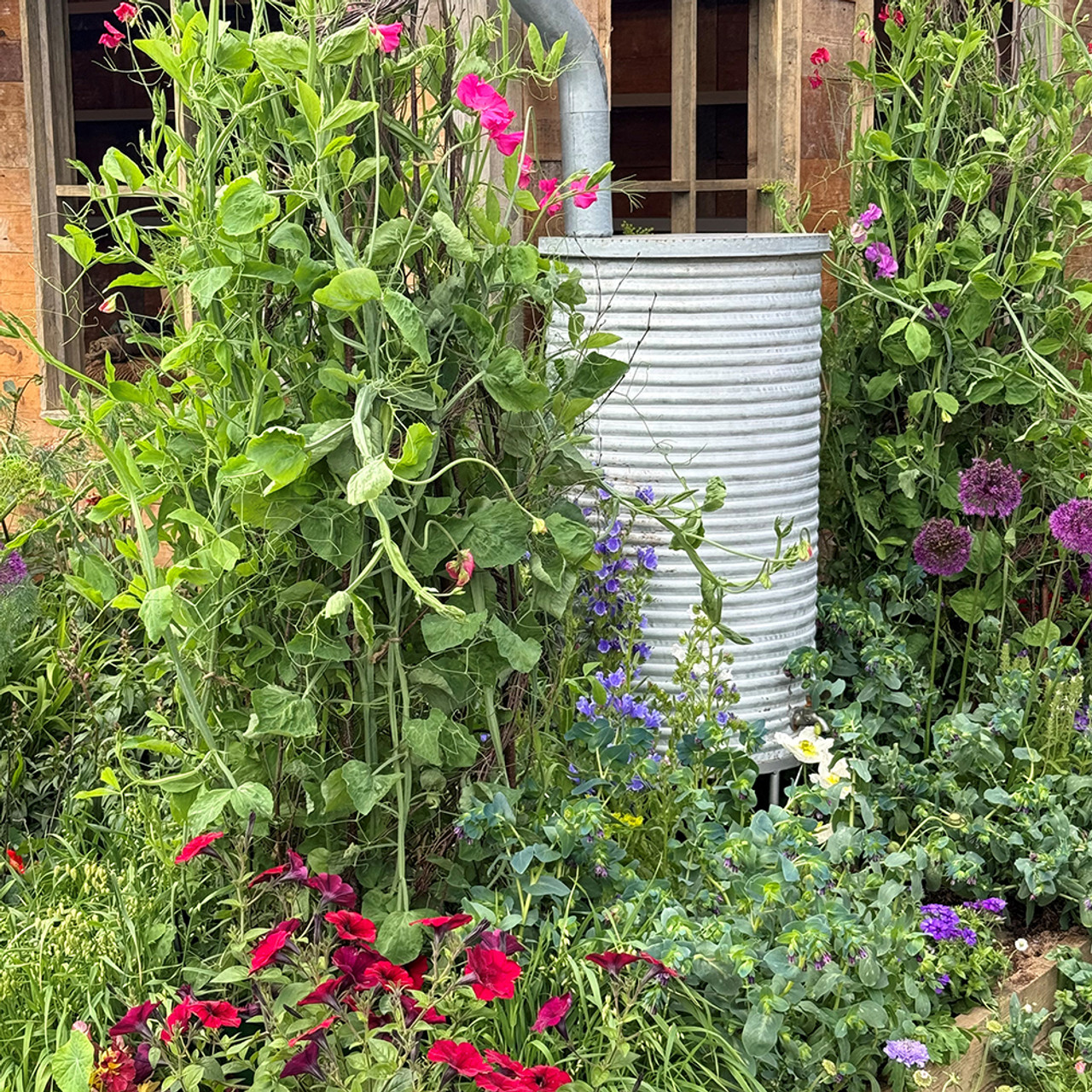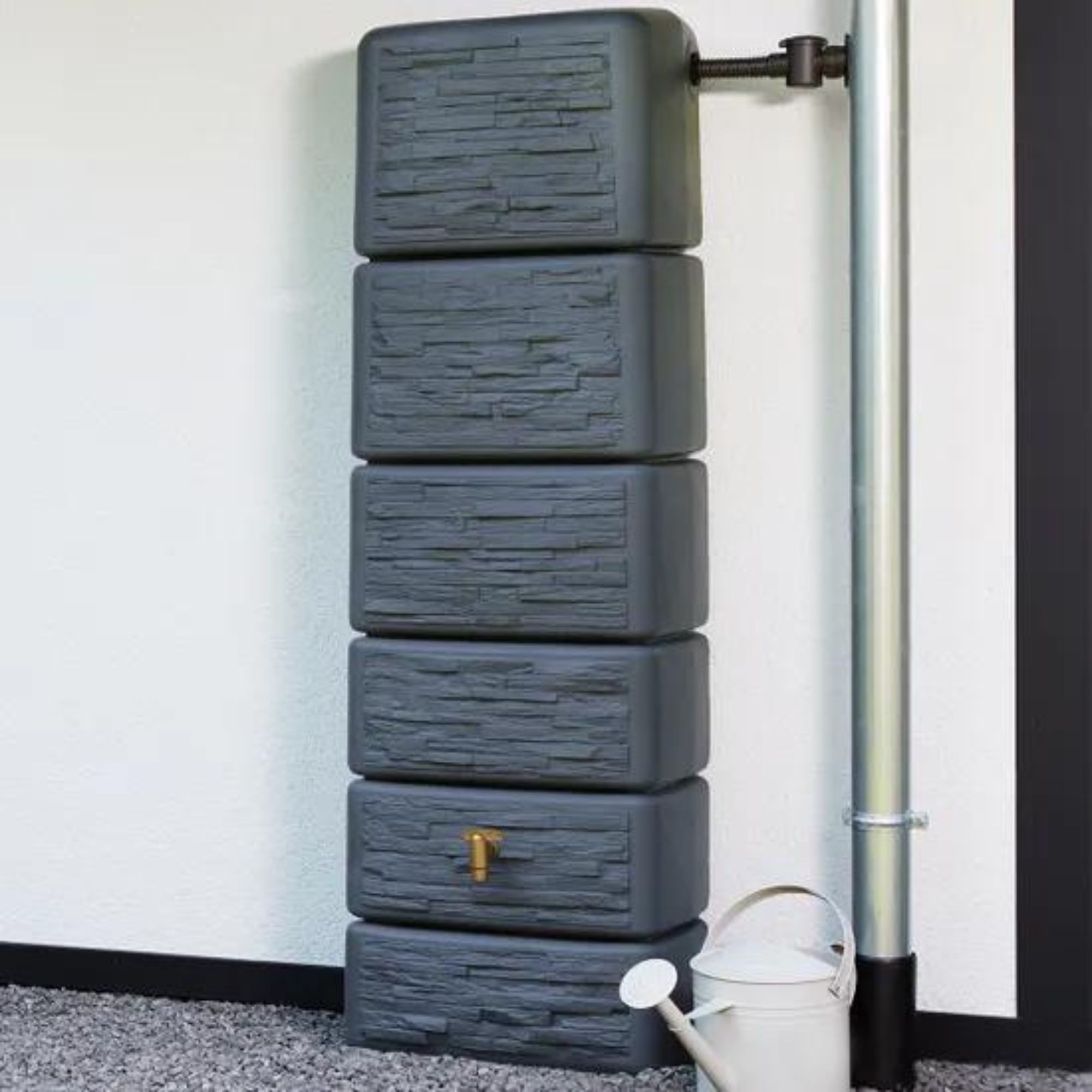7 garden jobs to do in January – the tasks to tackle now to get your garden ready for when winter finally ends
The garden might be dormant, but there are still plenty of tasks to get ahead on
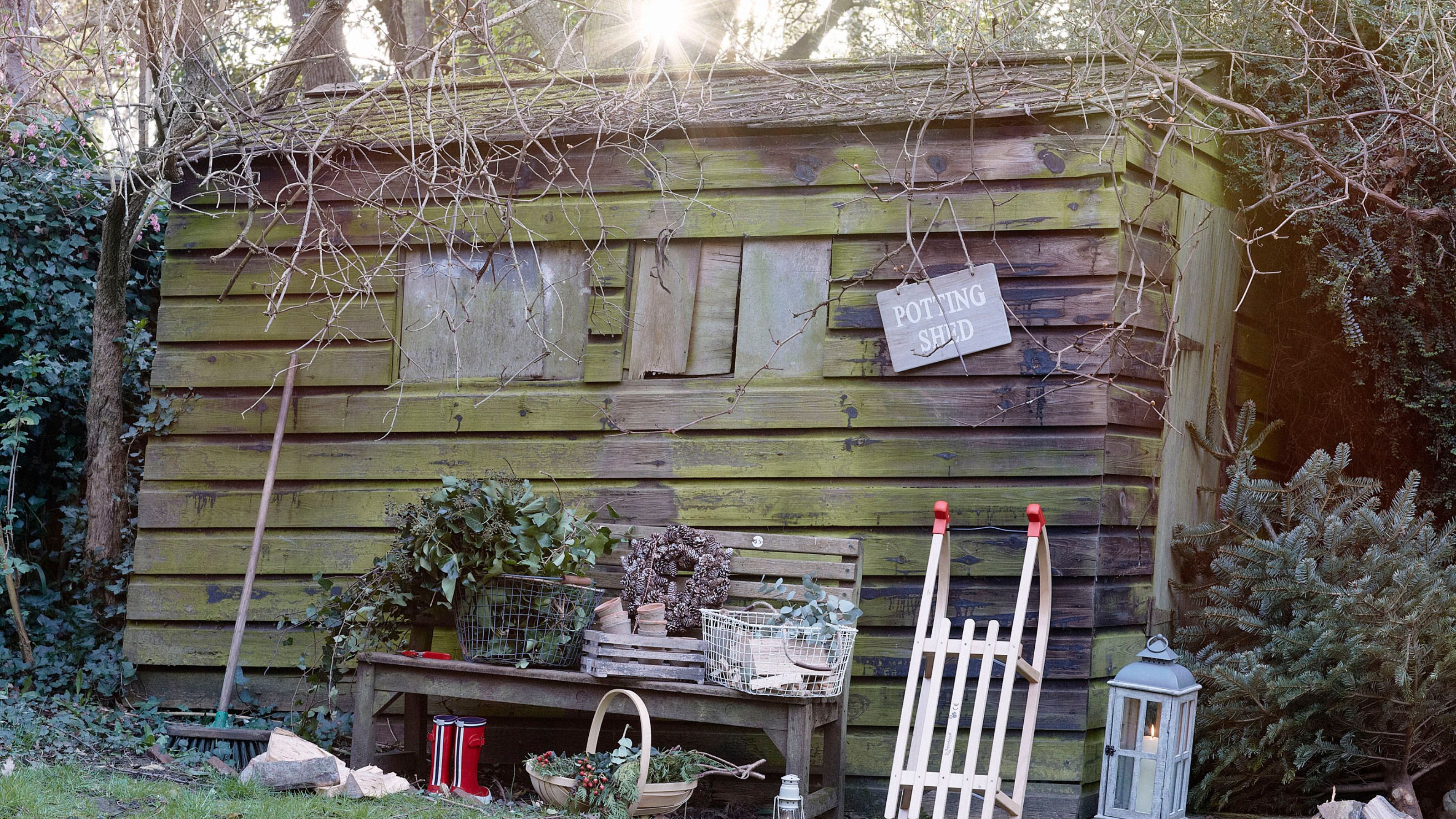

January is the middle of winter but you’ll notice the days become a little longer. This is definitely the season to expect frost and snow, but there are also crisp, sunny days when being outside in the fresh air is an absolute delight.
Leaves have fallen, but sculptural branches cast lengthening shadows in the winter sun. Seedheads and grasses bring visual interest and vital food for birds - don’t forget to feed them yourself and other wildlife such as hedgehogs too.
This is a steady period in the garden when much of the work is simply keeping an eye on things. Don’t worry too much about lawn care; leave it uncut to provide shelter for creatures. Remember to tend to stakes, ties and supports, especially after high winds, to ensure precious perennials are protected from breakages.
On less favourable days, this is the time of year to start planting plus ordering seeds and plants ready for springtime, so enjoy those catalogues and think carefully about what plants to sow in January to get ahead for spring.
Here are the other jobs to do in the garden in January while we wait for the weather to warm up.
1. Cut back hellebores
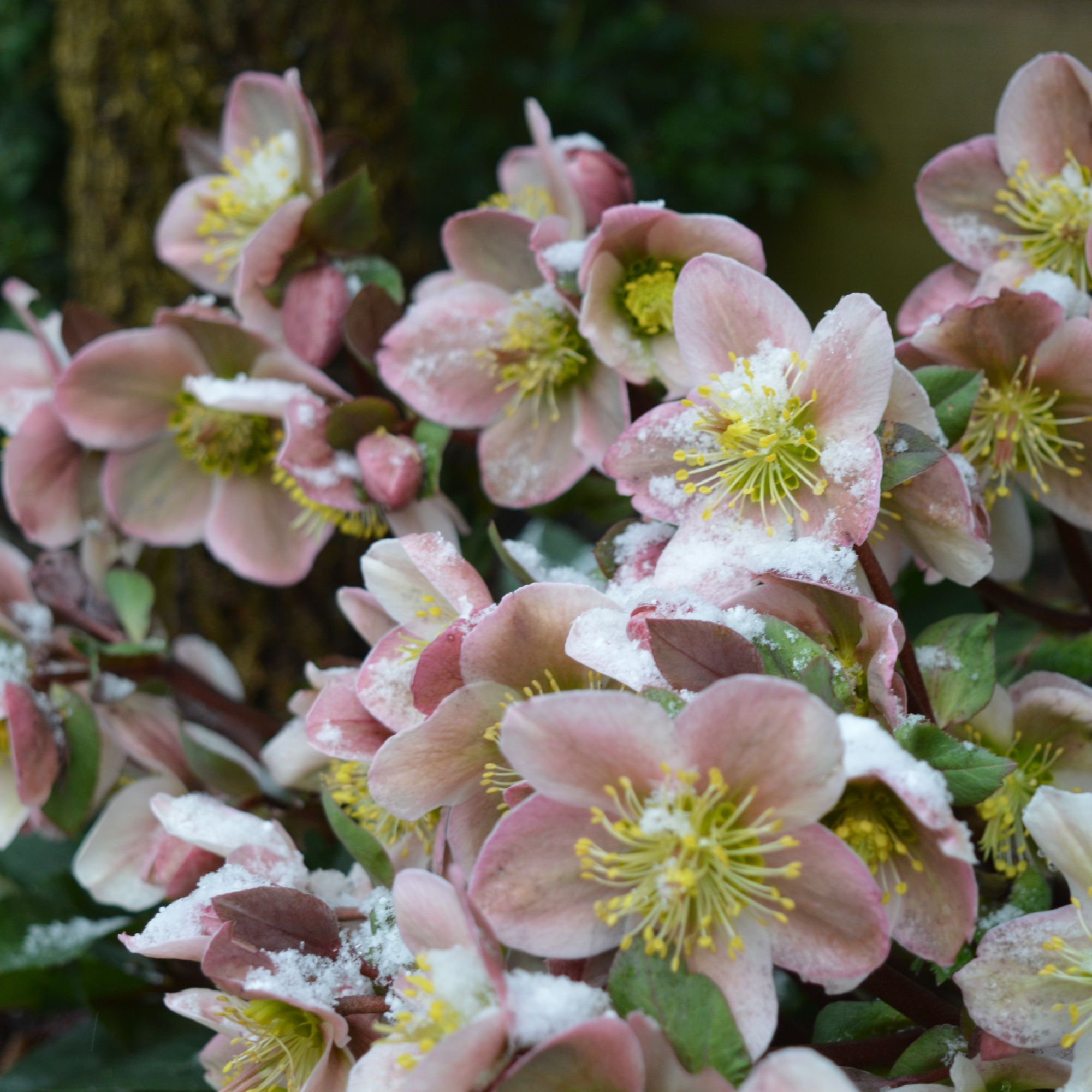
Hellebores are one of the easiest winter-flowering plants to grow, and look beautiful in hanging baskets and containers, adding instant colour on even the dreariest winter day. If you’re wondering what plants you should cut back in January, along with wisteria and roses, add amazing hellebores to your January garden jobs list.
'Hellebores make great cut flowers and add some much-needed cheer to the winter months,' says gardener Sarah Raven. 'Varieties such as ‘Maestro’ and ‘Merlin’ will give good flowers if you cut mature stems - where one flower is already at the seedpod stage - and sear the ends for ten seconds in boiling water. After searing, lay them flat in a sink of cold water overnight, before placing them in your favourite vase.'
Searing the stems prolongs the hellebores’ vase life, giving you cut flowers for days on end, Sarah adds.
2. Sow sweet peas
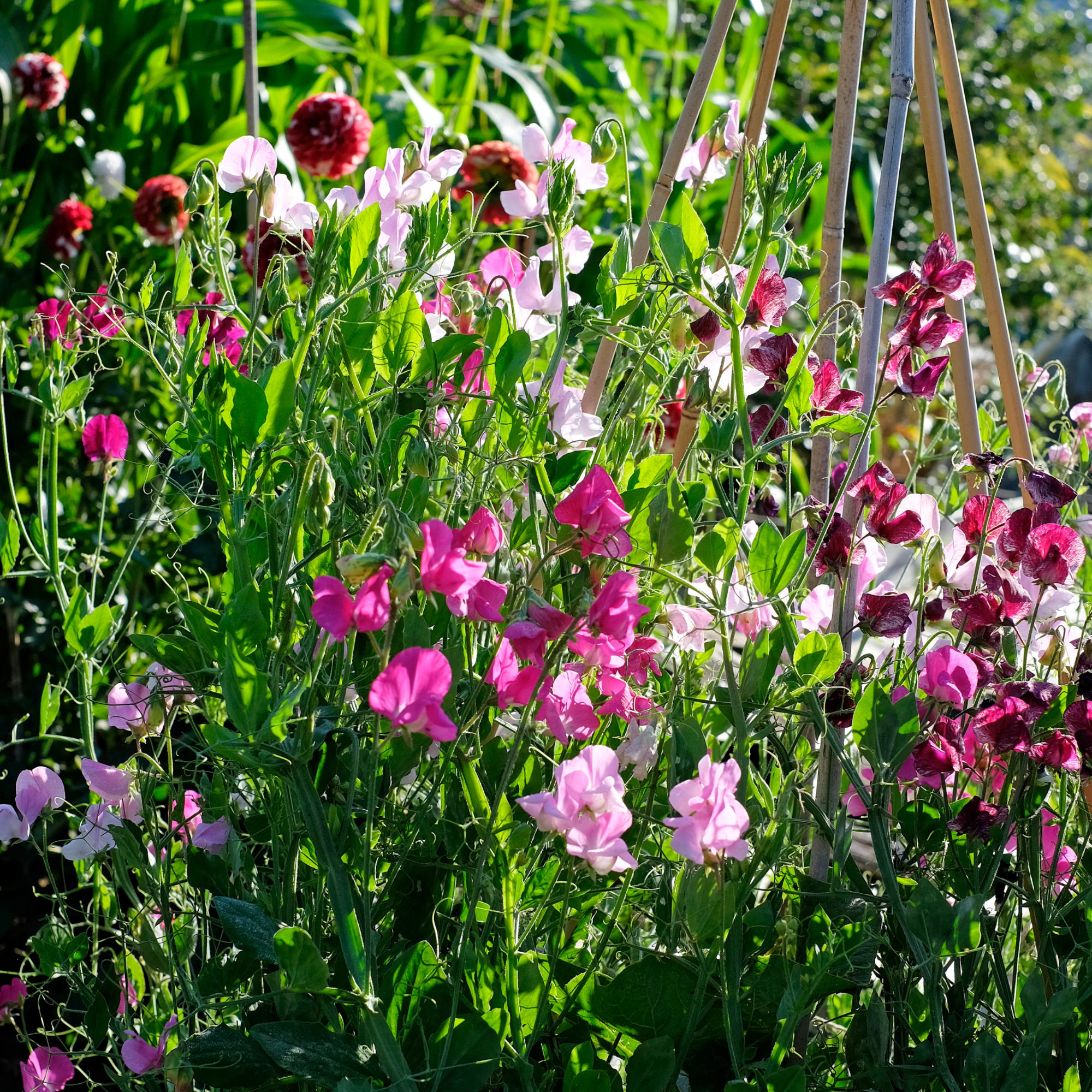
Sweet peas are slow to get going so if you didn’t get yours started in the autumn, January is the perfect time for sowing sweet peas. You’ll be rewarded with earlier flowers, greater numbers, and a longer season.
'As with other plants in the pea family, they enjoy a deep root run so use trays with deep root trainers,' recommends Annelise Brilli, horticultural expert at Thompson & Morgan. 'Fill the modules with compost, poke a hole about 2.5cm deep into each one and then drop a single seed into every hole and cover it over.'
They don’t require high temperatures to germinate so you won’t need a propagator, but make sure you give them plenty of light. A bright windowsill, cold frame or greenhouse shelf is ideal.
3. Sow tender bedding plants
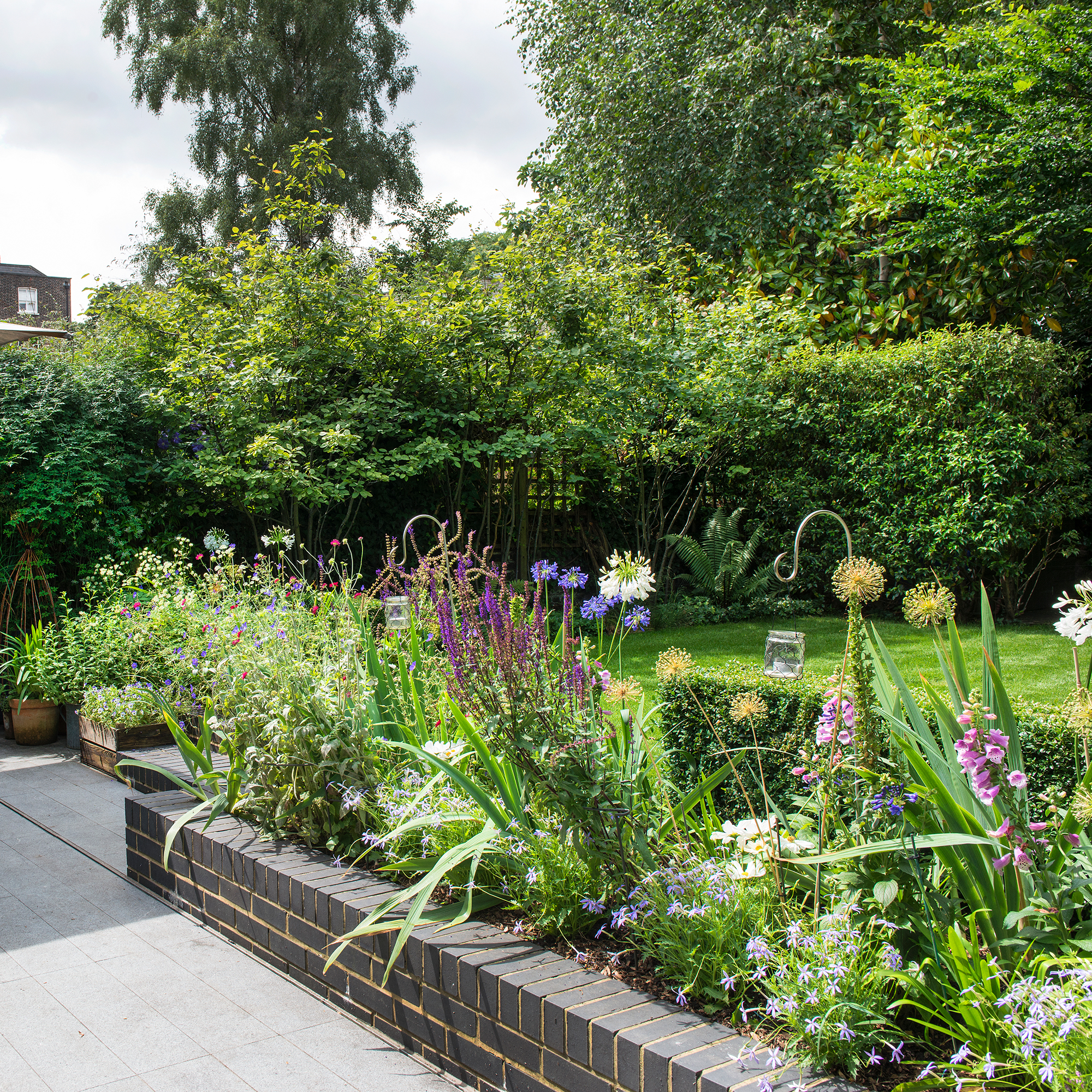
Bedding plants that need a long growing season can be sown in January in a heated propagator.
‘If you’re sowing this early,’ warns Annelise Brilli, ‘it’s very important that you can give the seedlings a good amount of light, otherwise they may become spindly and etiolated. A greenhouse with a south-facing bench is the best option.’
4. Get a herb garden going
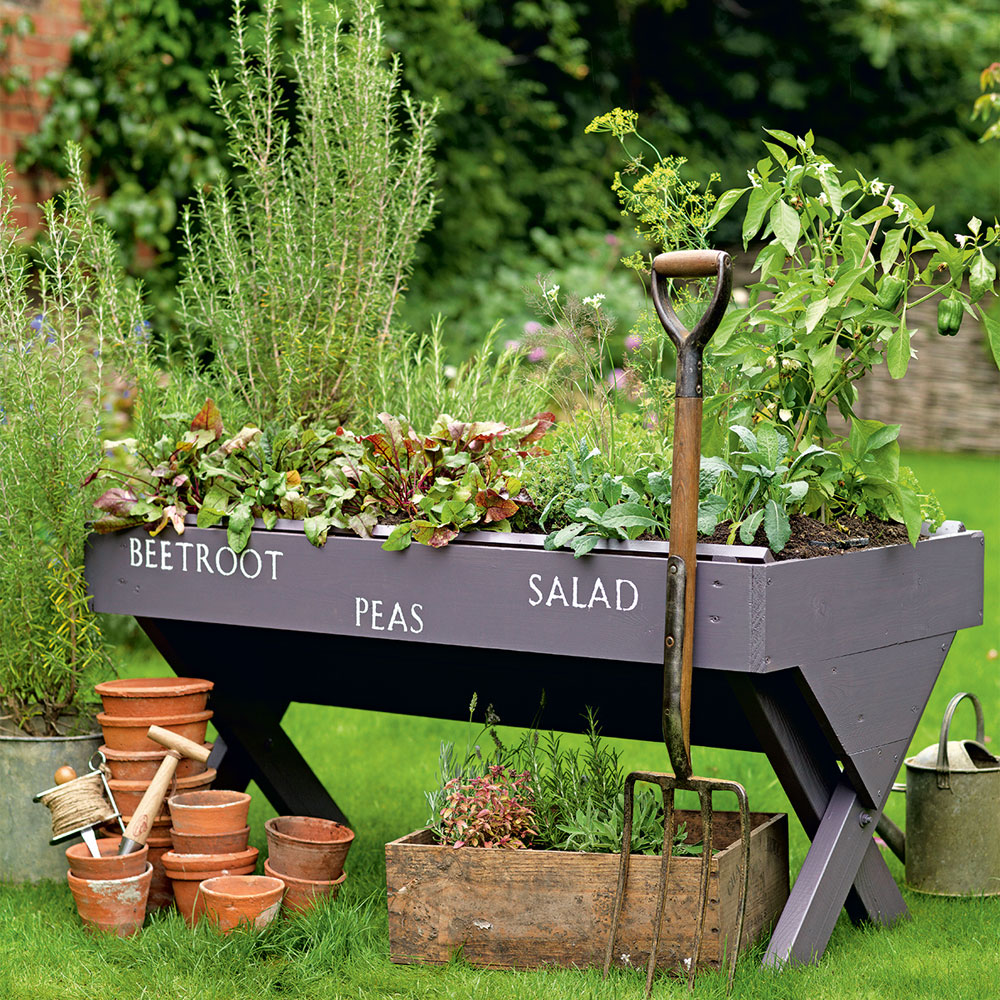
Herbs for any herb garden ideas can be sown under cover as a January gardening job, particularly really hardy annuals and biennials such as chervil, parsley, and coriander,’ says garden guru Sarah Raven.
She recommends washing parsley seeds in warm water the night before you plan to sow and lay them out to dry on kitchen paper overnight: ‘Doing so will wash off the seed coat’s germinator inhibitor, giving you a quicker harvest.’
5. Give vegetable plots a winter dig
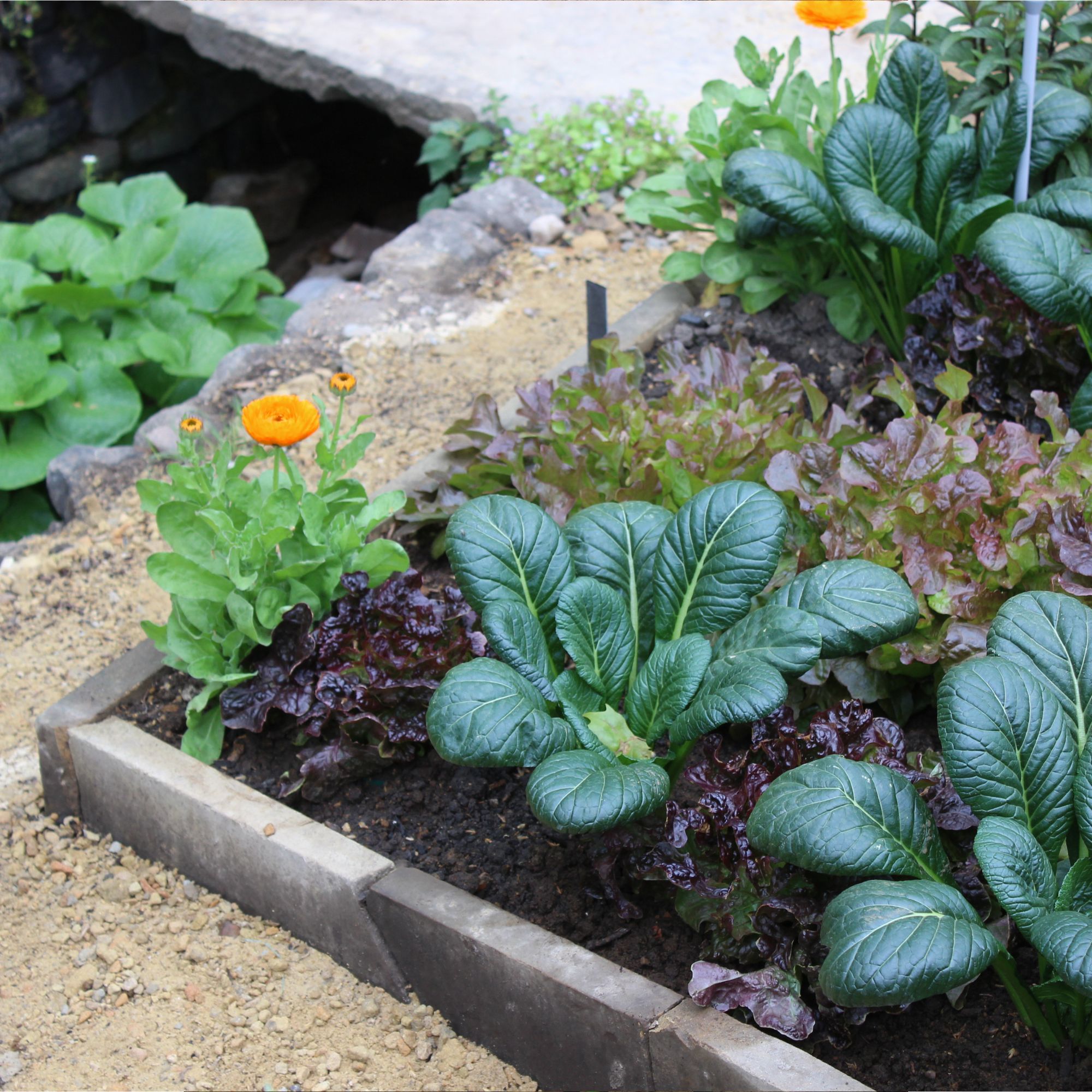
‘Winter digging is the act of turning over the soil during winter, removing weeds as you go, in preparation for the upcoming growing season,’ explains Nigel Lawton, plant buyer at Dobbies Garden Centres.
‘Digging can help improve plant growth and improve soil structure.’ However, always avoid digging your garden when it’s very wet, as this can damage the structure of the soil.
6. Collect rainwater

January is an ideal time to set up a rainwater harvesting system,’ says Nigel. ‘With plenty of winter rain, installing a water butt ensures you can collect and store water for use during drier months. Place the water butt beneath a downpipe or gutter to maximise water collection. Even small barrels can collect enough to help reduce your reliance on tap water for gardening.’
7. Order summer flowering-bulbs
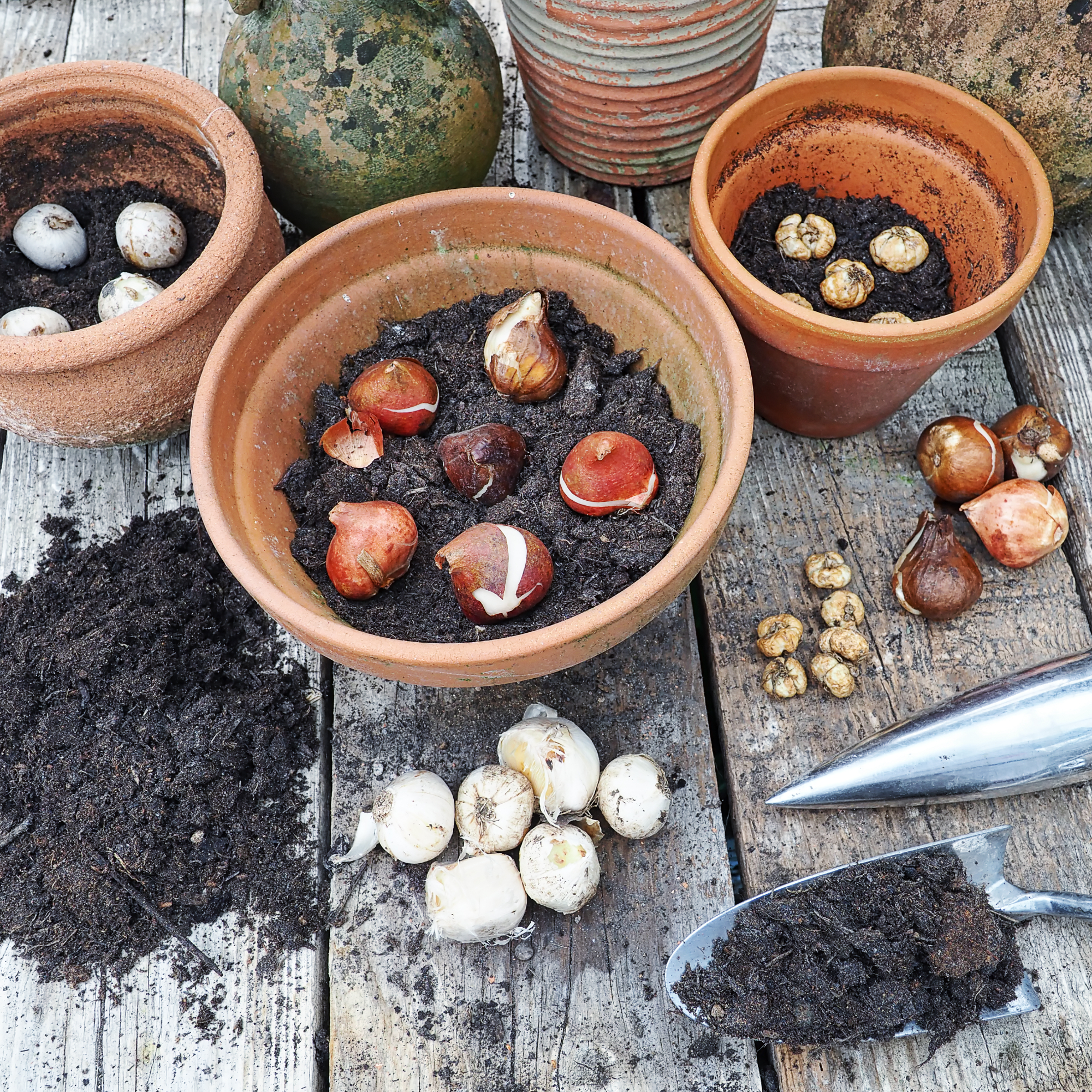
The dark, dreary nights of January are the perfect time to plan your garden for the coming year. Leafing through catalogues, looking online for inspiration and making sketches are such fun activities they hardly qualify as January garden jobs.
'Visualise your garden coming to life, with a variety of colours and textures appearing in every corner, ' says Sarah. 'Doing so will help with garden mapping, considering the sunny and shadier spots that are better suited to certain plants.'
Annelise adds that she especially likes to select flamboyant summer-flowering bulbs and tubers such as Lily, Gladioli and Dahlia. For “high drama on the patio”, she recommends choosing Giant Oriental Lily, which can tower more than two metres tall. And you can plant the bulbs into large terracotta pots from autumn until March.
She says: 'In the depths of winter, it’s heartening to dream of towering stems carrying multiple exotic blooms with an exquisite scent that drifts into the house on warm summer days.'
FAQs
Can you do landscaping in January?
'In January, landscaping tasks are limited due to the cold weather and frozen ground, but there are still things you can do to get ready for 2025,' says Viki Harris, spokesperson for Marshalls, paving company. 'To really see what space you have for landscaping, pruning trees and shrubs in January is ideal. It also promotes healthy growth in the spring. Always check ideal pruning conditions for particular plants, but at this time of year, plants are dormant, making them less stressed by the pruning process.'
Winter is also a great time for planning and designing a new garden layout to enjoy in the warmer months, Viki adds: 'Using tools like the Marshalls garden planner, you can visualise different garden designs and experiment with various plant placements around a patio space, ready for when you look to make some changes when the weather improves.'
What do gardens do in winter?
In winter, gardens go dormant in most parts of the UK. There might not be much going on above ground, but this period of dormancy is vital for plants to gather their energy, ready to burst into life when spring arrives.
However, even though there isn’t new growth to see as yet, plants are busily planning to produce buds and new growth. That’s why a crucial January gardening job is to protect delicate plants from frost.
'In January, frost poses a risk to tender plants,' advises Nigel. 'To keep them safe, cover vulnerable plants with fleece when frost is forecast. For plants in pots and containers, move them closer to the house or into a sheltered spot, so they are protected from heavy frosts out in the open.'
Get the Ideal Home Newsletter
Sign up to our newsletter for style and decor inspiration, house makeovers, project advice and more.

Jayne Dowle is an award-winning freelance gardening, homes and property writer who writes about everything from swimming ponds to skyscraper apartments, for publications including Sunday Times Home, Times Bricks & Mortar, Grand Designs, House Beautiful and The Spectator. Awarded the Garden Journalist of the Year accolade at the Property Press Awards in 2021, she has a degree in English Language and Literature from the University of Oxford and a lifelong love of homes, interiors and gardens.
-
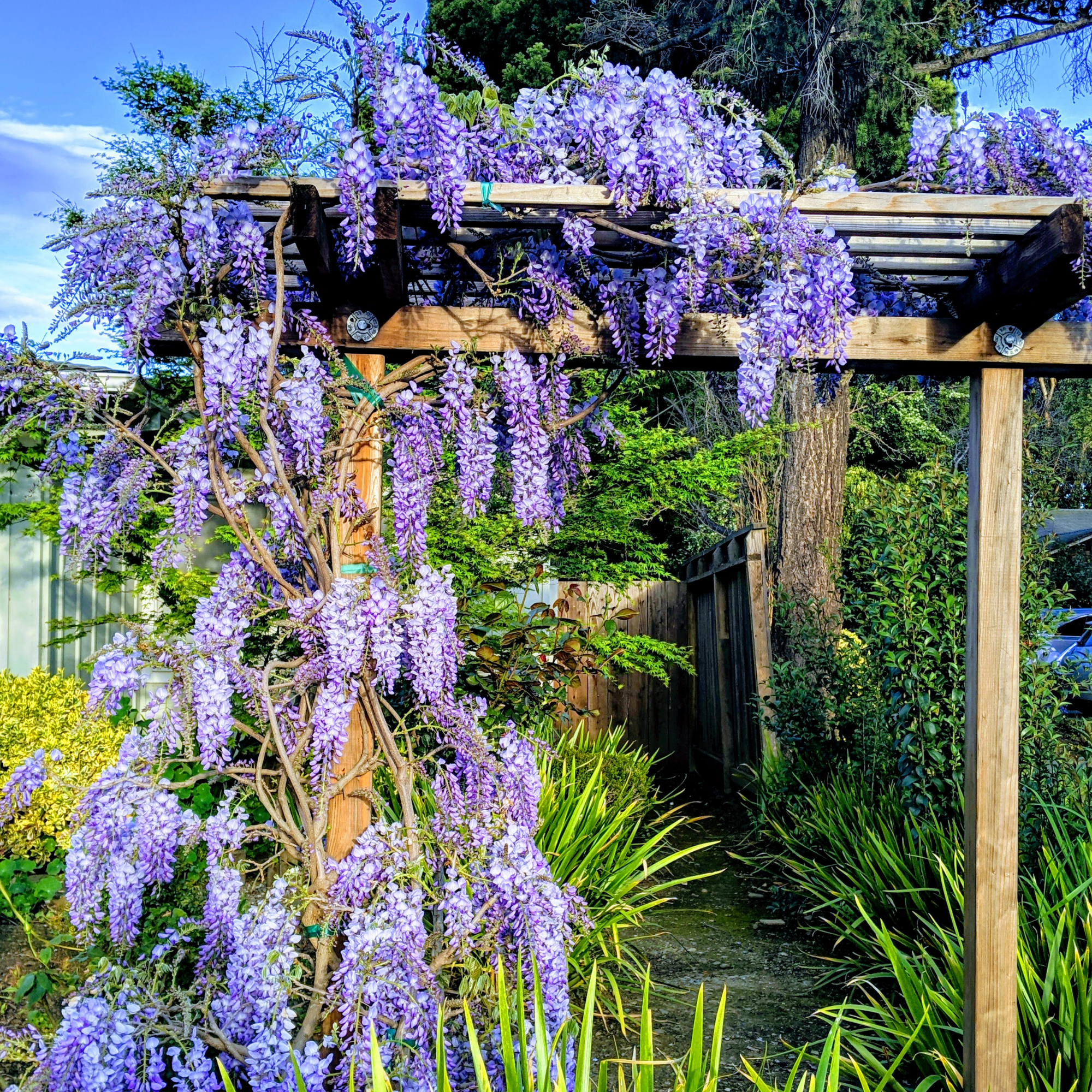 This is the best place to plant wisteria if you want beautiful romantic blooms, according to garden experts
This is the best place to plant wisteria if you want beautiful romantic blooms, according to garden expertsThis beautiful flower is on everyone's garden wishlist, and this is exactly where to plant it for best results
By Kezia Reynolds
-
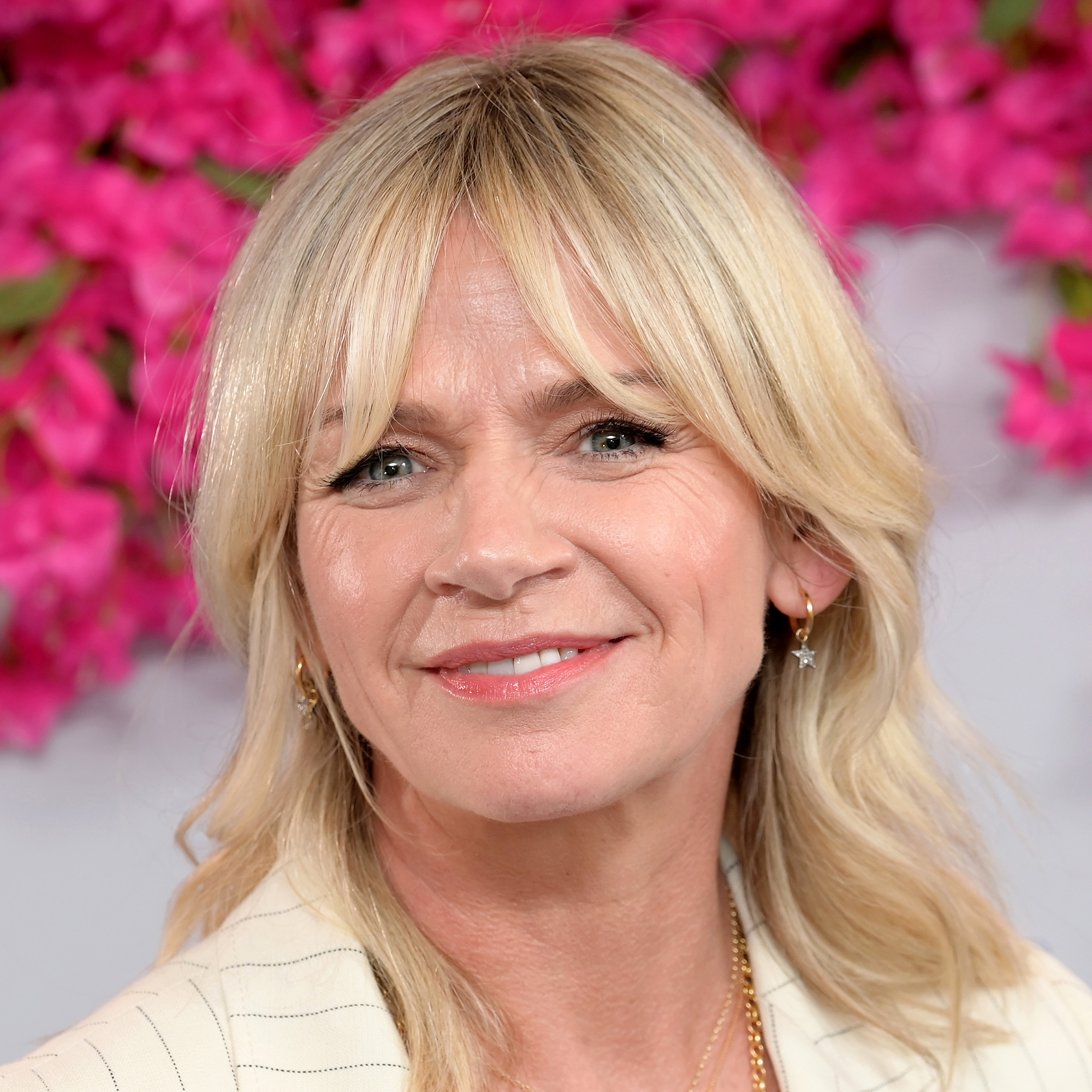 Zoe Ball's colourful kitchen island shows how easy it is to create a characterful cooking space - here's how she did it
Zoe Ball's colourful kitchen island shows how easy it is to create a characterful cooking space - here's how she did itBeing brave with colour will reap huge rewards
By Holly Cockburn
-
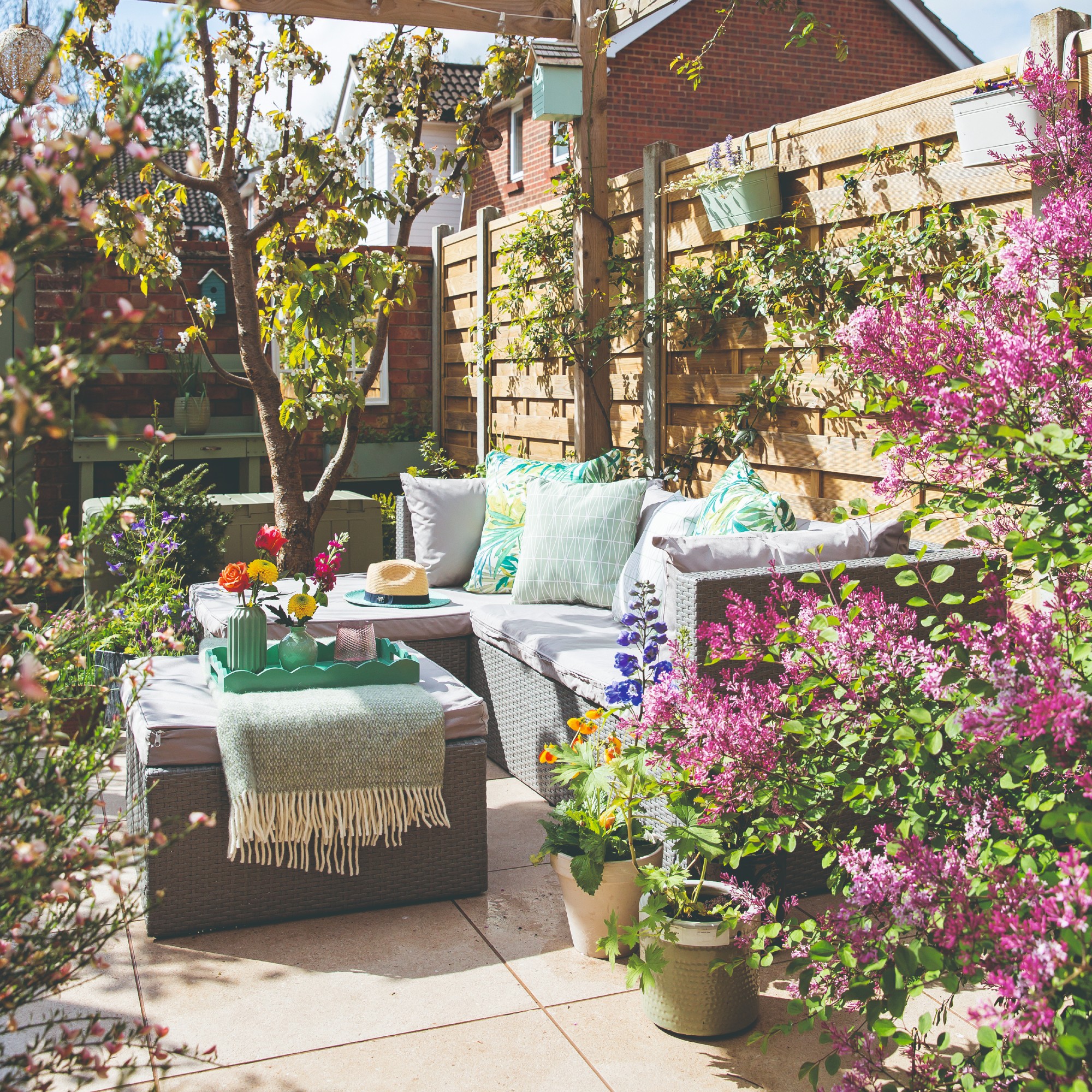 7 plants that will make your patio smell gorgeous - the top fragrant picks experts recommend potting up
7 plants that will make your patio smell gorgeous - the top fragrant picks experts recommend potting upFrom aromatic flowers to fragrant herbs
By Kayleigh Dray
-
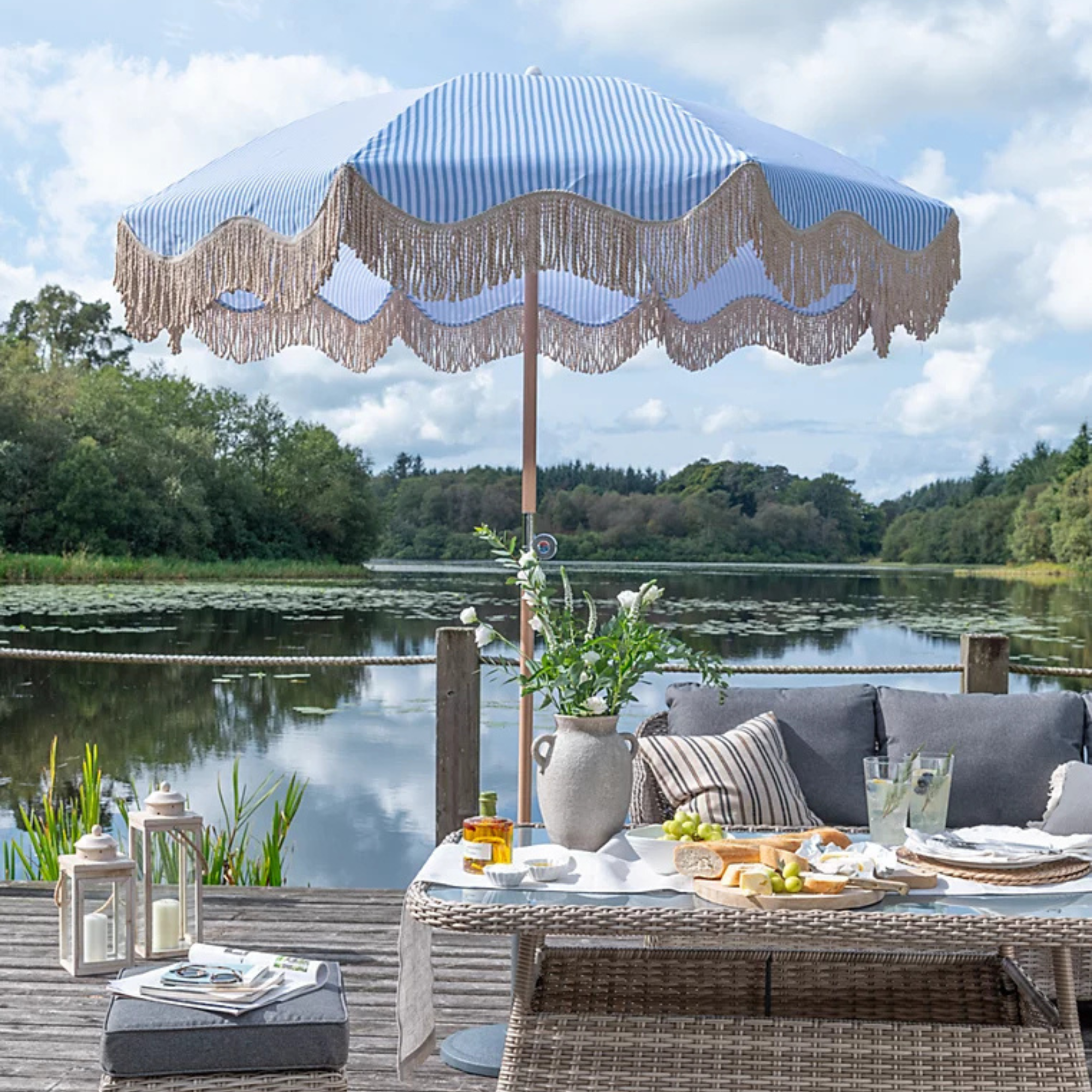 George Home’s sold-out striped parasol is finally back in stock - but this elegant design is expected to sell out again fast
George Home’s sold-out striped parasol is finally back in stock - but this elegant design is expected to sell out again fastI can't get enough of its whimsical design, too
By Kezia Reynolds
-
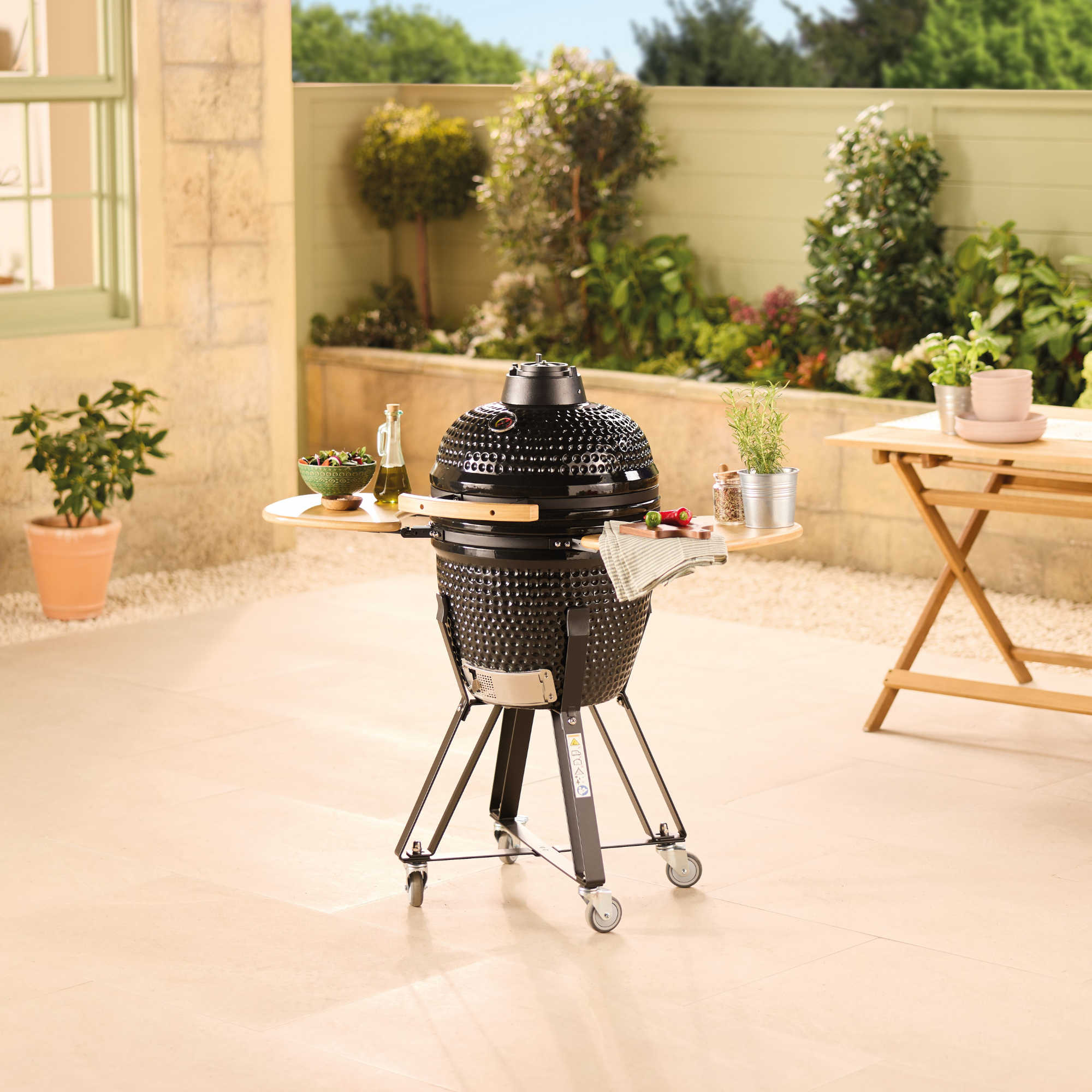 Aldi’s cult Kamado BBQ is returning to stores and it's £100 cheaper than before
Aldi’s cult Kamado BBQ is returning to stores and it's £100 cheaper than beforeThis budget BBQ is only a fraction of the price of this celebrity favourite
By Kezia Reynolds
-
 Shoppers can’t get enough of The Range’s lemon tree, but I’ve found an even cheaper bestseller at B&Q - it’s perfect for a Mediterranean look
Shoppers can’t get enough of The Range’s lemon tree, but I’ve found an even cheaper bestseller at B&Q - it’s perfect for a Mediterranean lookWelcome the summer with this glorious fruit tree
By Kezia Reynolds
-
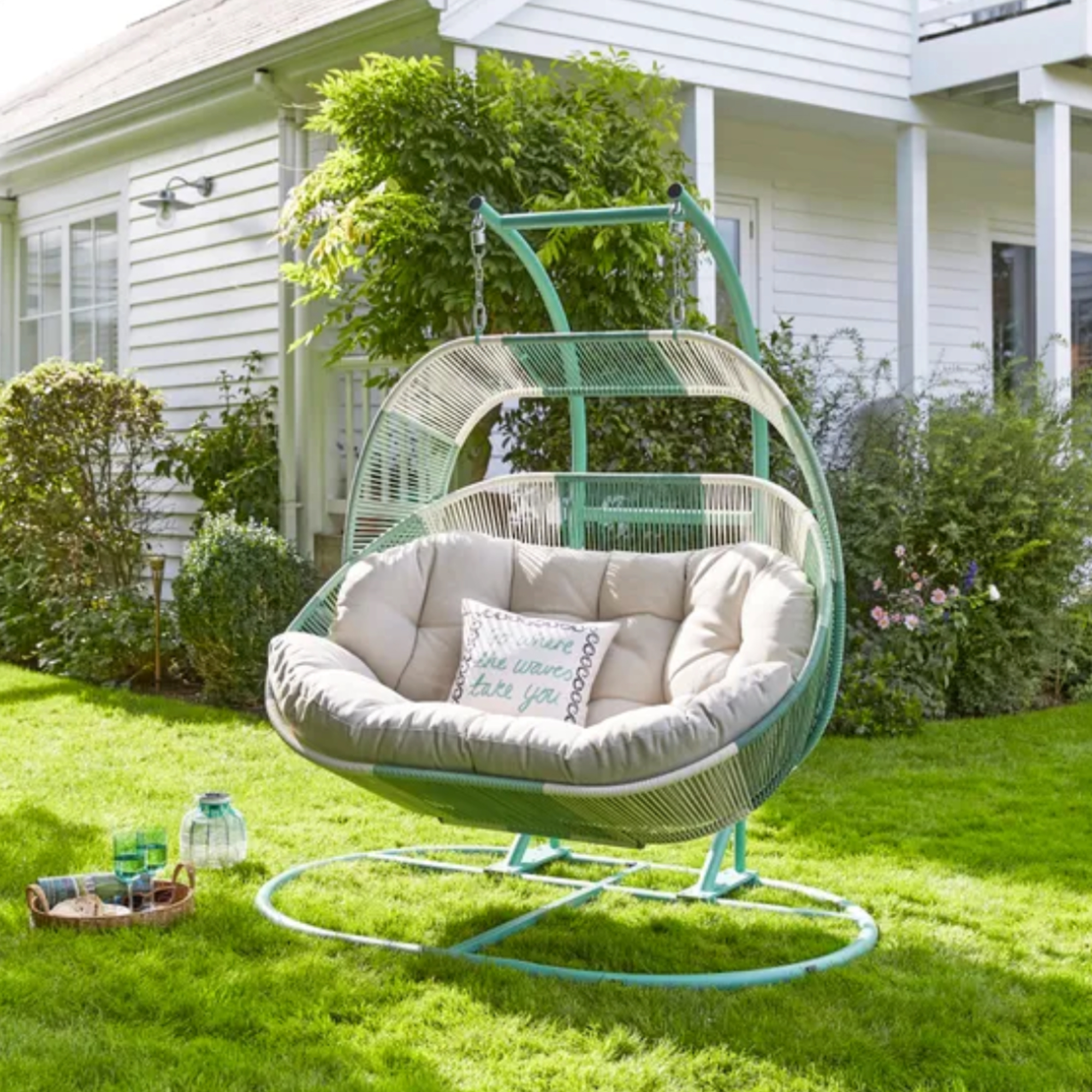 I'm a stylist with an eye for expensive-looking high street finds – these 6 garden furniture pieces at Dunelm are on my radar
I'm a stylist with an eye for expensive-looking high street finds – these 6 garden furniture pieces at Dunelm are on my radarThese pieces all look more than their price tag
By Laurie Davidson
-
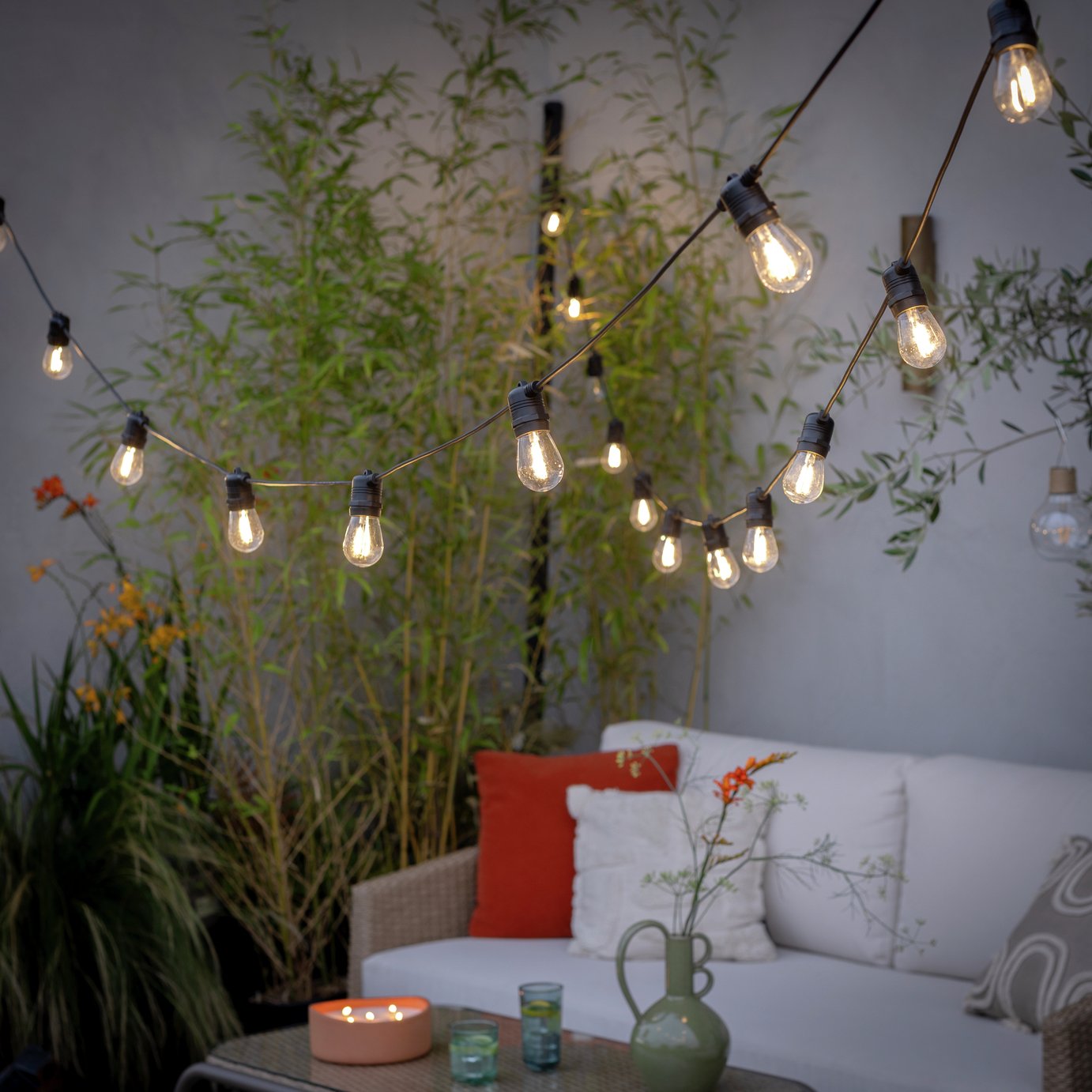 The 6 outdoor lights from Habitat that I'm choosing between to make my outdoor space look more expensive this summer
The 6 outdoor lights from Habitat that I'm choosing between to make my outdoor space look more expensive this summerI couldn’t believe some of the prices
By Ellis Cochrane
-
 Aldi is launching a £200 day bed with four different features - its sleek design is suited to the whole family
Aldi is launching a £200 day bed with four different features - its sleek design is suited to the whole familyYou don't want to miss out on this Specialbuy
By Kezia Reynolds
-
 I’m seeing pastel garden furniture at all my favourite brands this spring, but QVC’s sorbet collection impressed me the most
I’m seeing pastel garden furniture at all my favourite brands this spring, but QVC’s sorbet collection impressed me the mostFresh pastel shades are a great way to liven up your outdoor space
By Kezia Reynolds
-
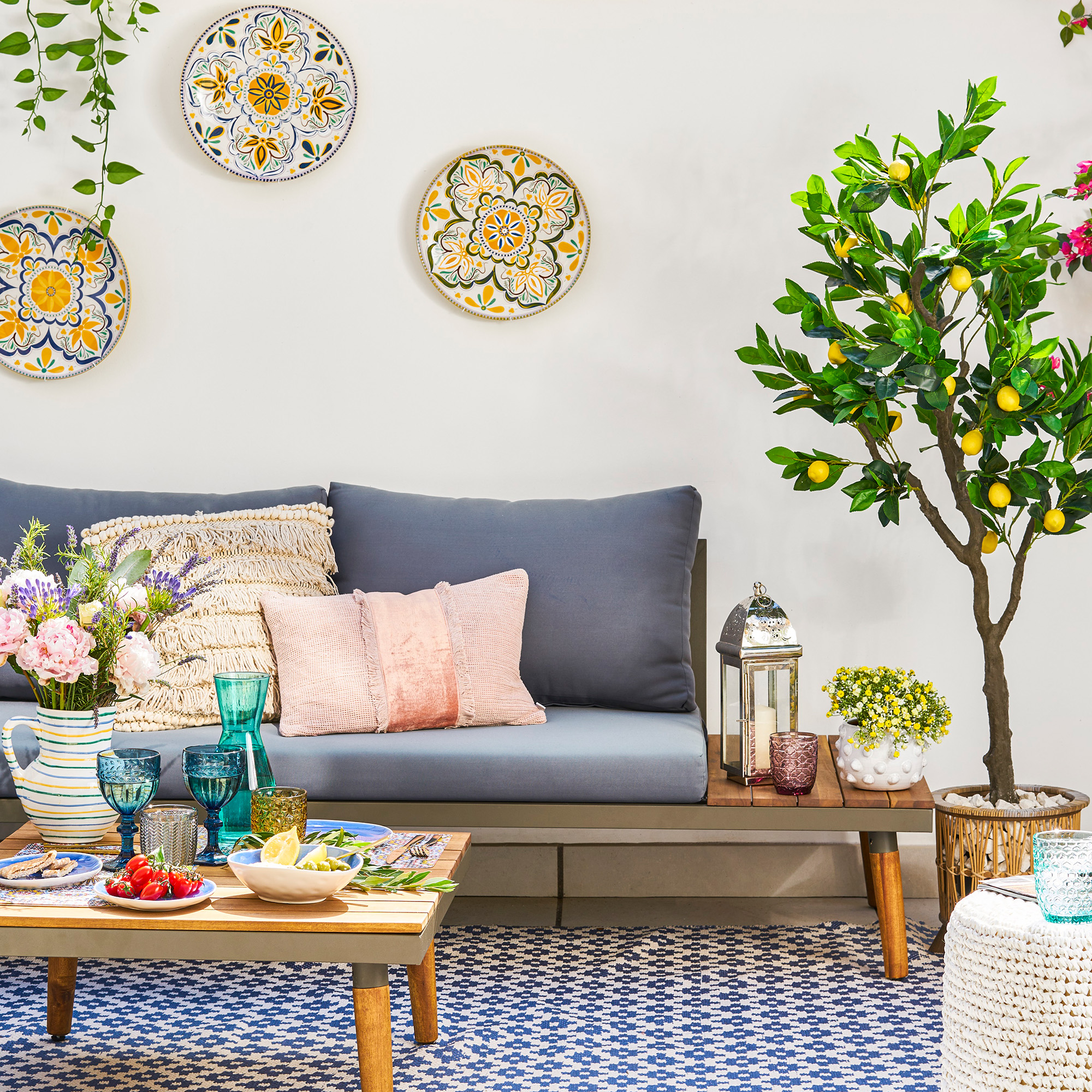 I spent the afternoon looking through Wayfair's garden sale – these are the 6 pieces I'm buying immediately for summer
I spent the afternoon looking through Wayfair's garden sale – these are the 6 pieces I'm buying immediately for summerThese are my must-have garden buys from the sale
By Holly Reaney
